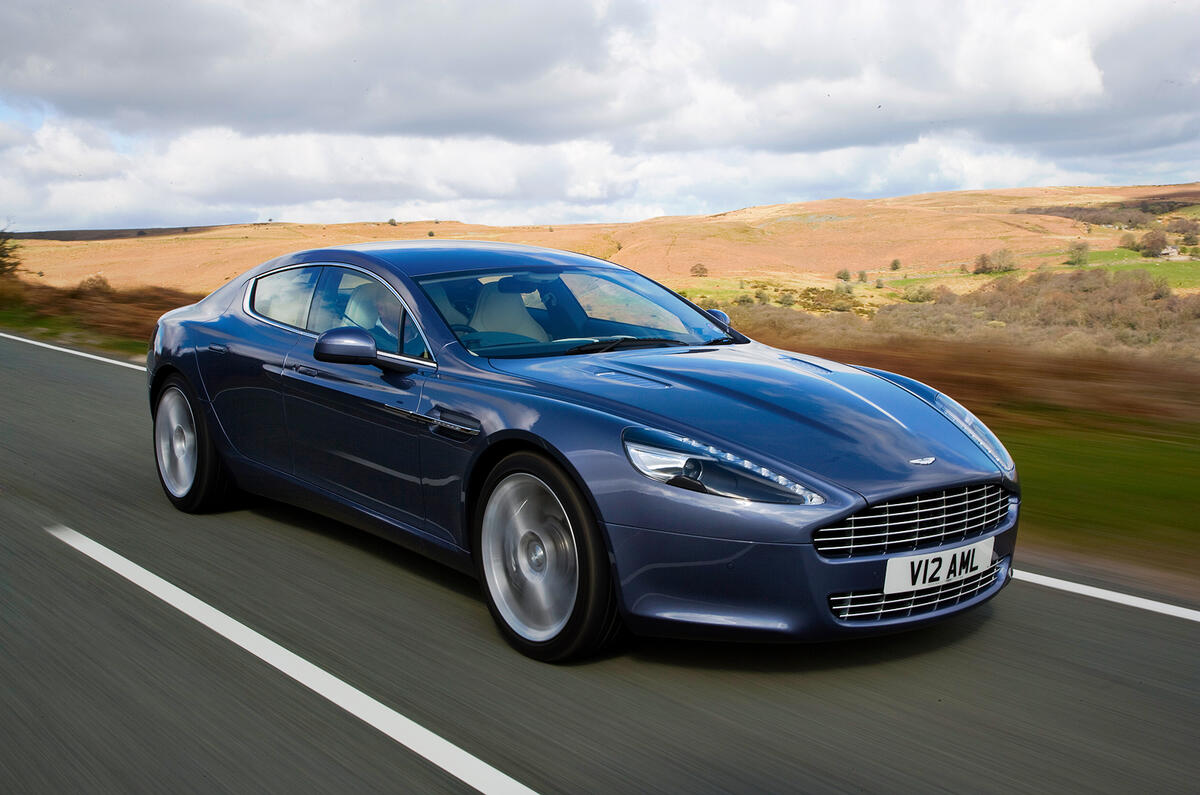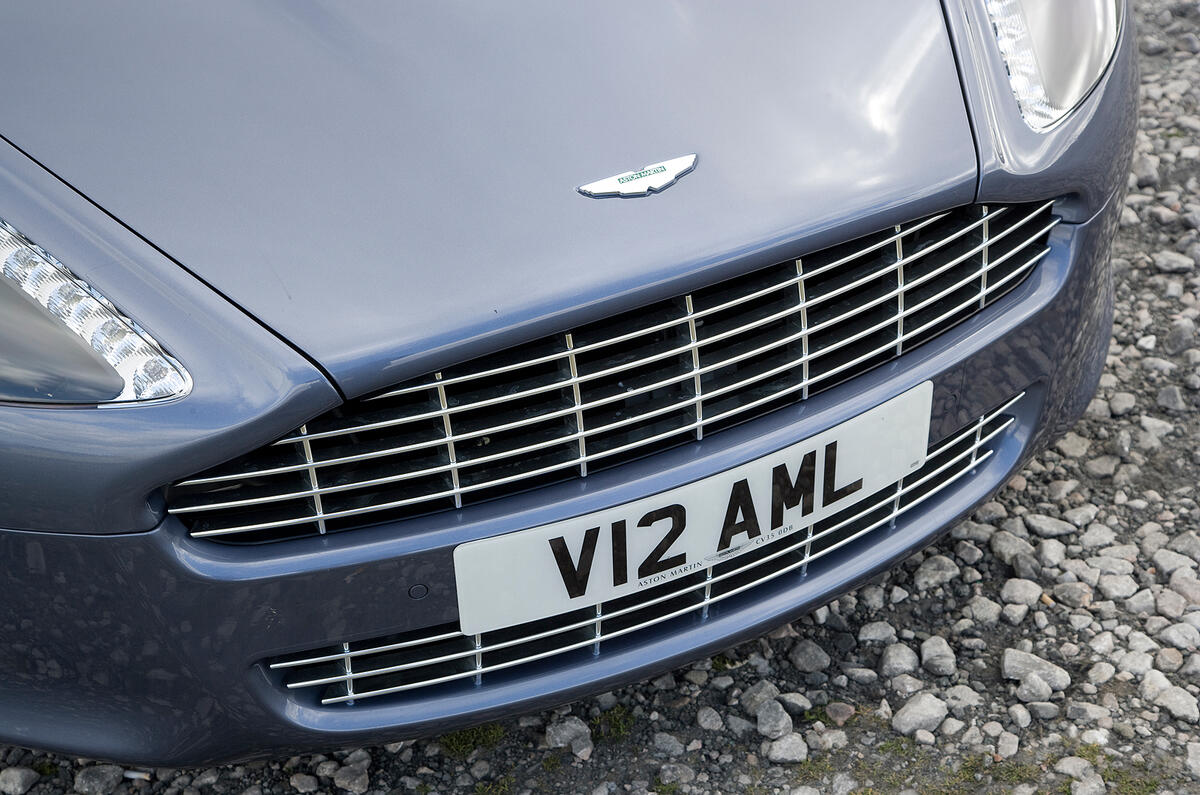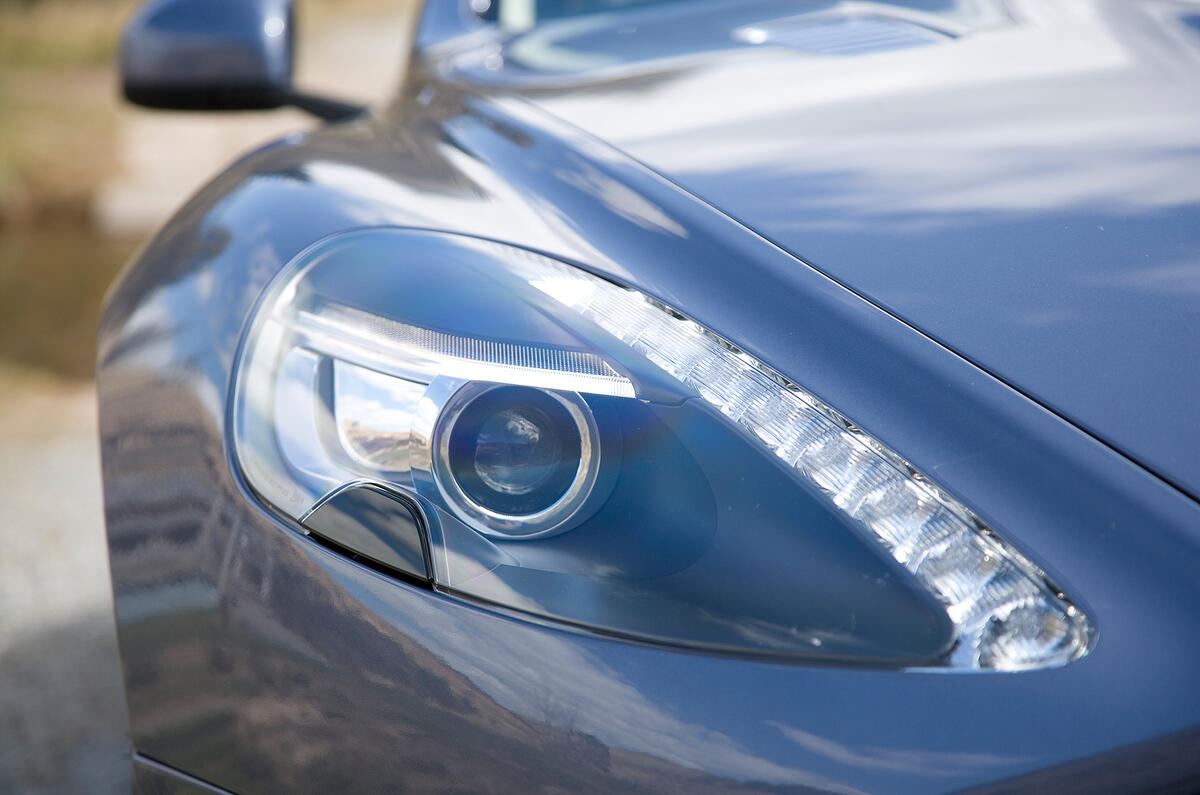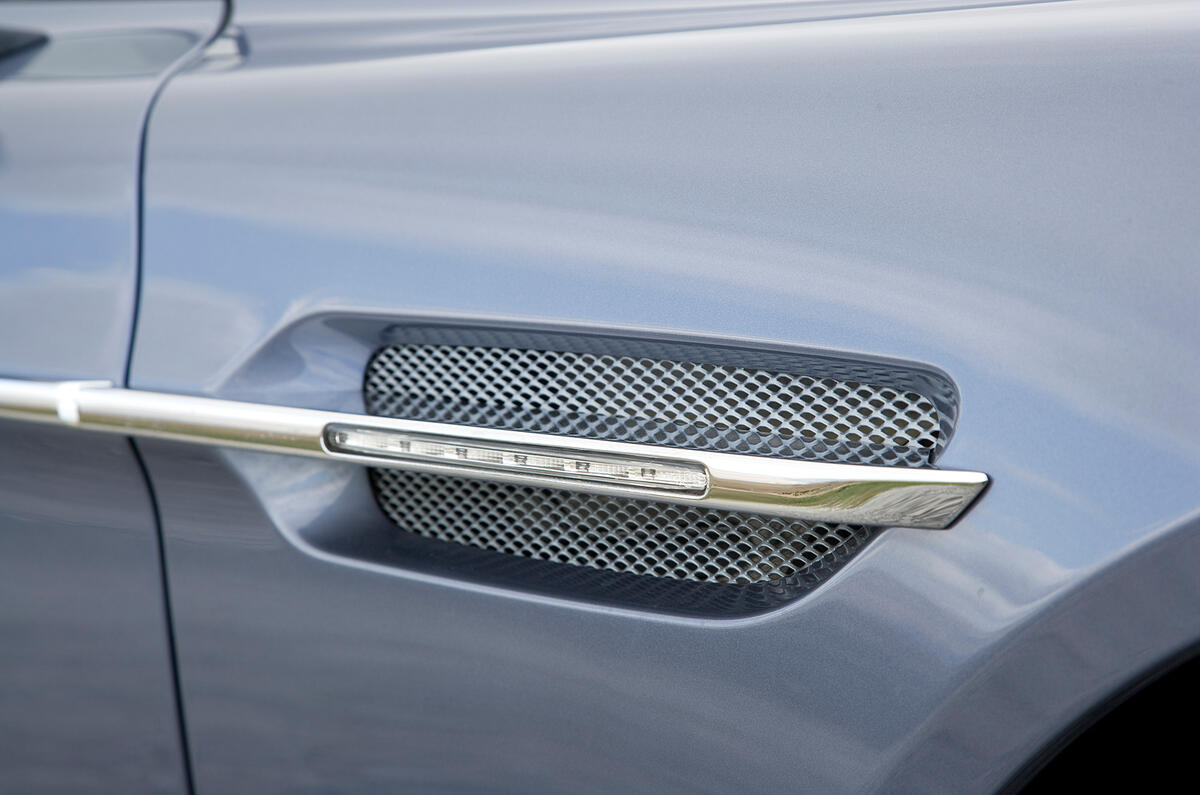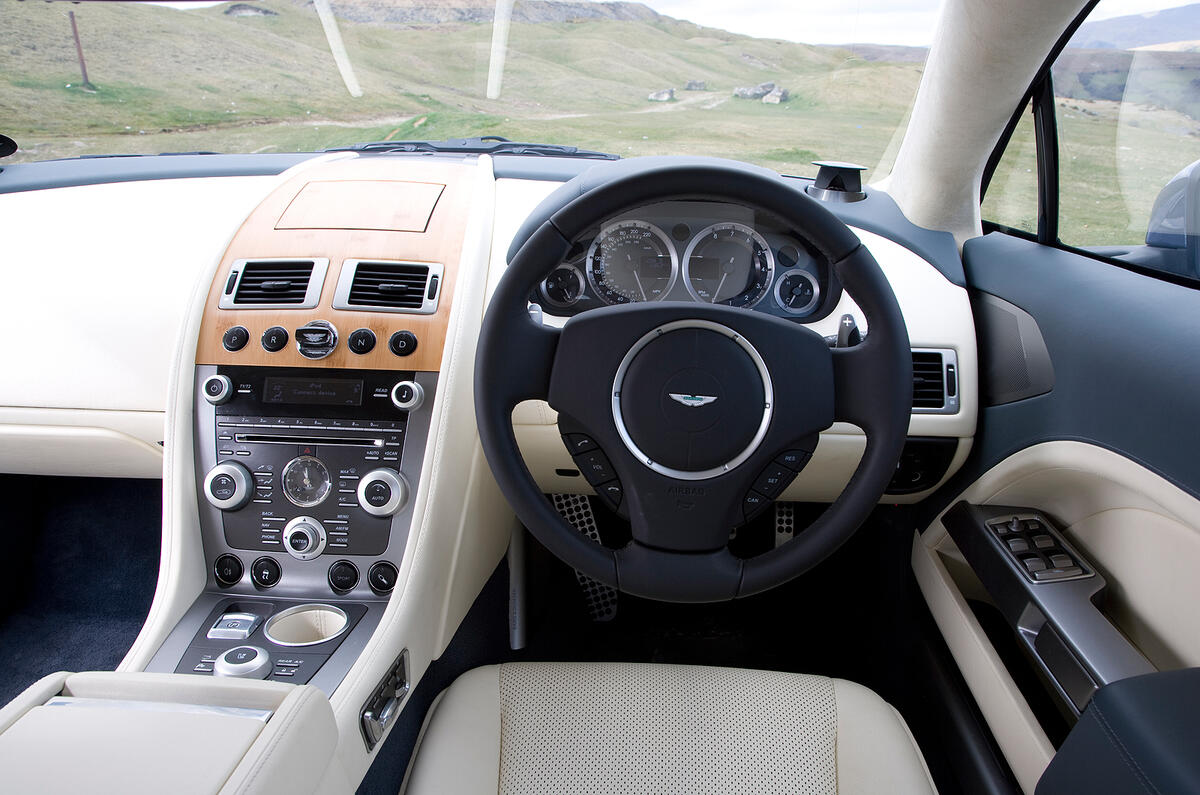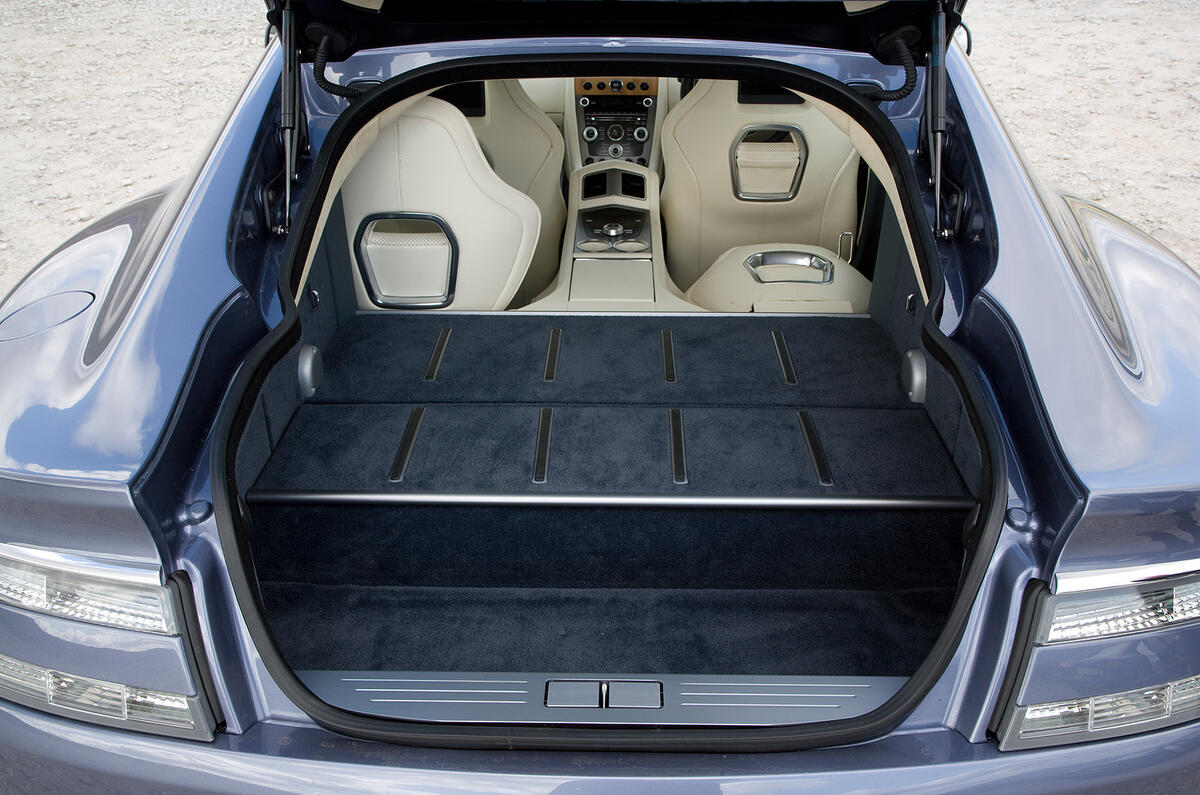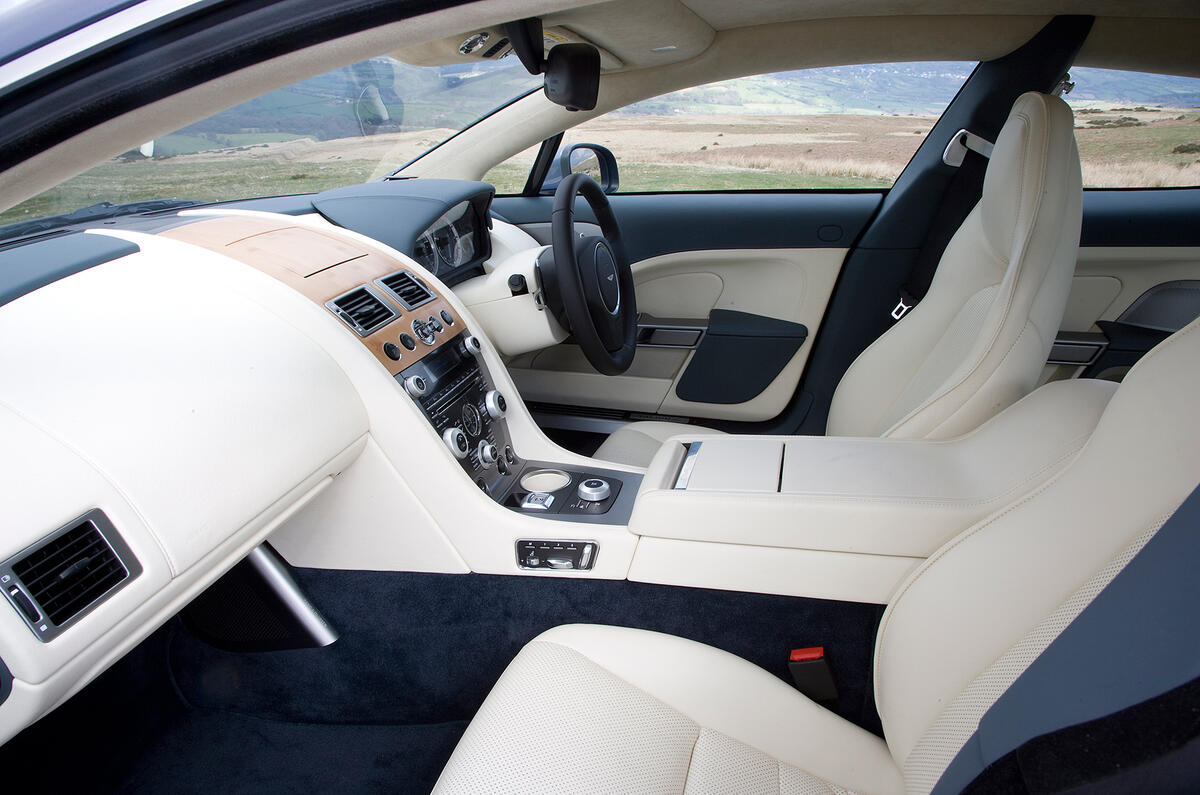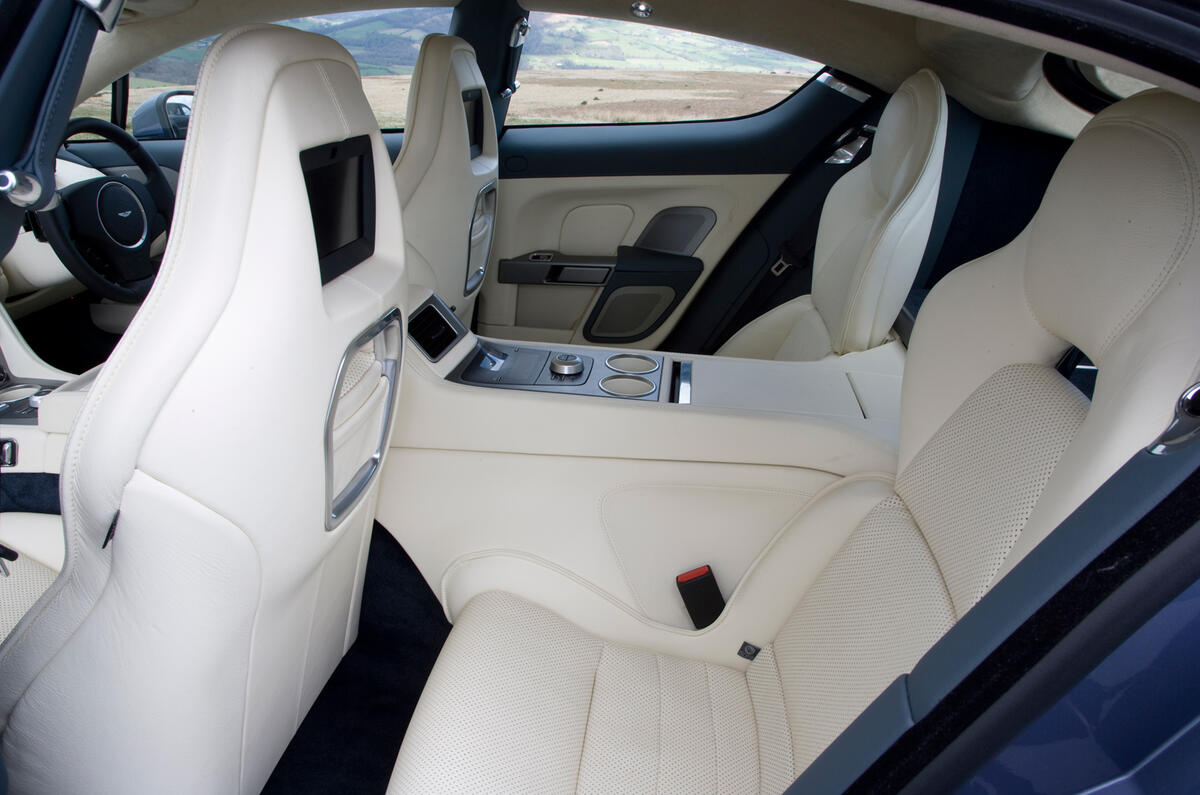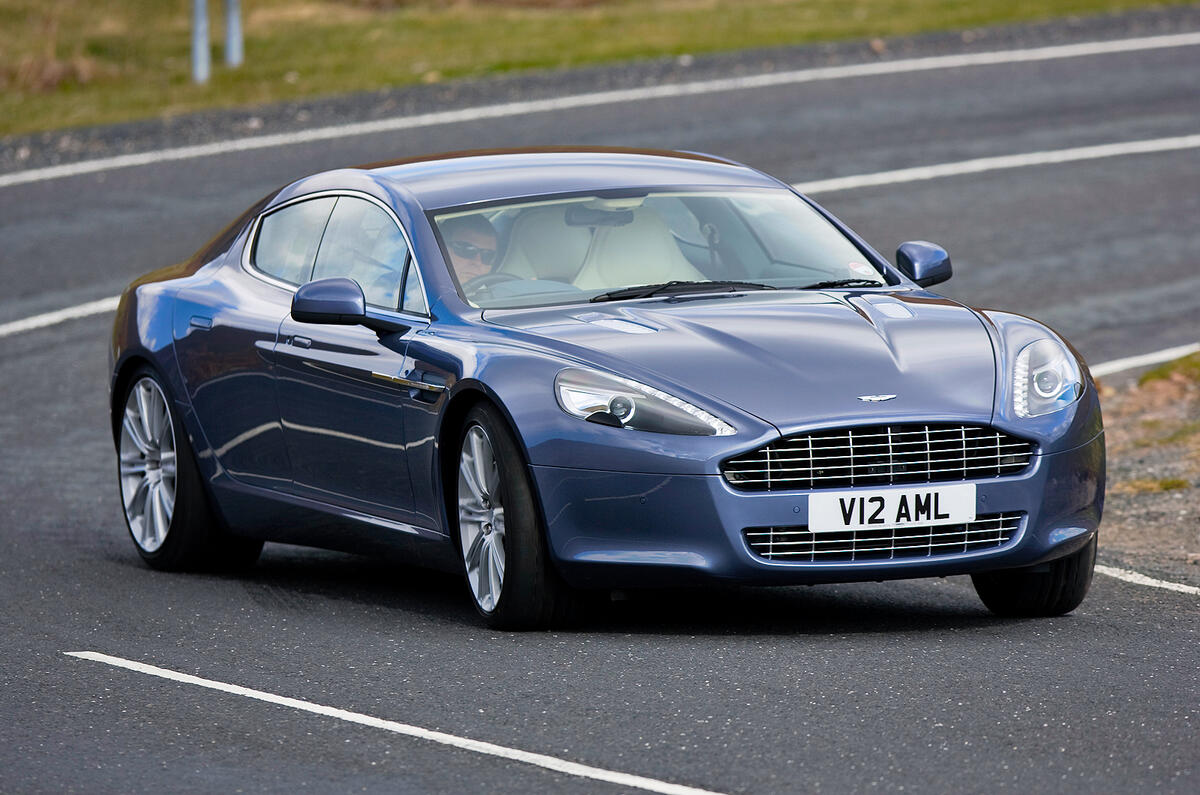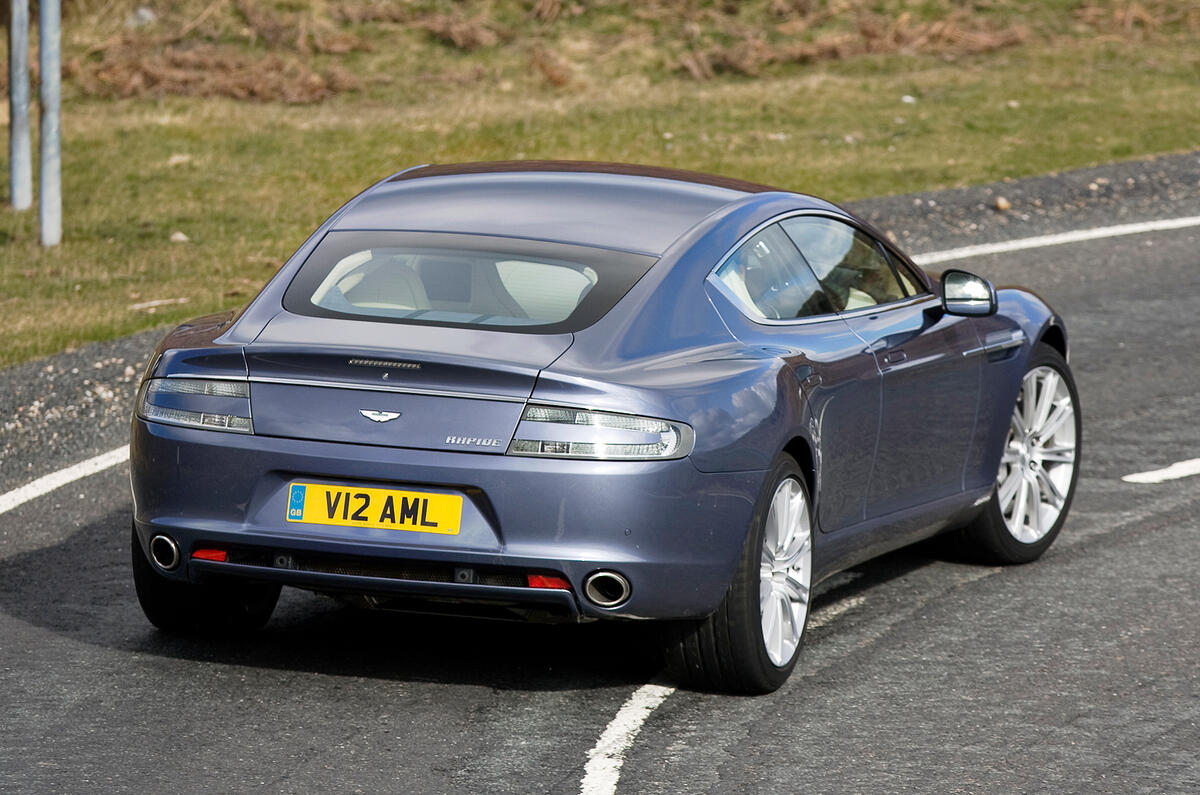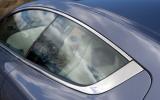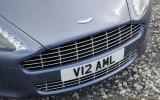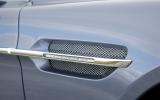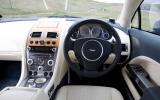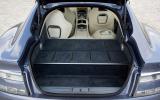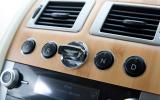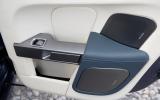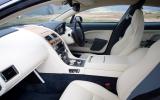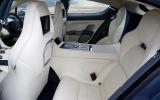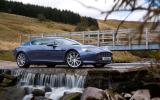The Aston Martin Rapide’s only genuine ancestor is the Lagonda that Aston Martin made over a quarter of a century ago. The idea of a new four-door, four-seat Aston based on the company’s existing VH platform first saw the light of day at the Detroit show in 2006, shortly after Aston had been sold by Ford to its new band of shareholders, who green-lighted the car pretty much the moment they set eyes on it.
Aston Martin describes the Rapide as “the most elegant four-door sports car in the world”. It’s a bold claim from an increasingly confident car company, but not one that can be dismissed as hyperbole. Because from the moment this car was announced there has been an inherent correctness about the idea of a four-seat, four-door Aston Martin based on the already excellent VH platform.
And in the metal the Rapide does not disappoint. It’s an unusually long car – more than a foot longer than the DB9 – but the fundamental proportions are certainly breathtakingly elegant. When people see this car they tend to smile and point.
Question is, does the Rapide work as a four-seater in practice and just how much of the Aston experience has been preserved in the transformation?
And the biggest test it faces is whether the Rapide has sufficient luxury and presence to justify its startlingly high price next to the likes of the Mercedes Mercedes-Benz S-Class, BMW 7 Series and other rivals.


